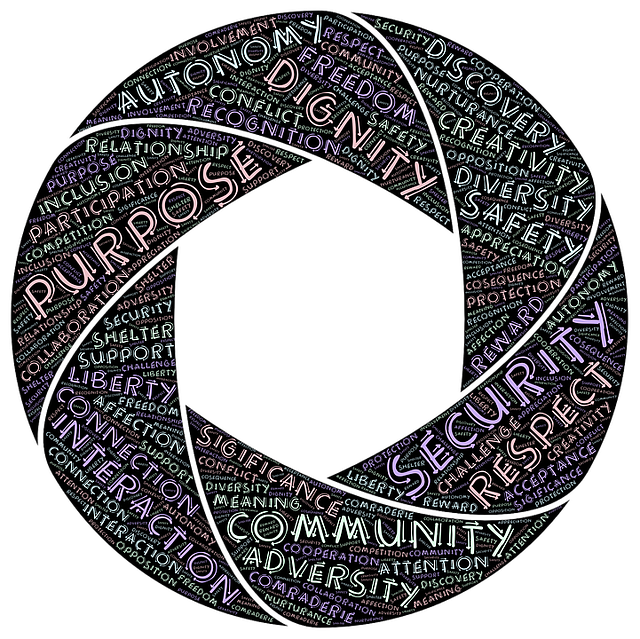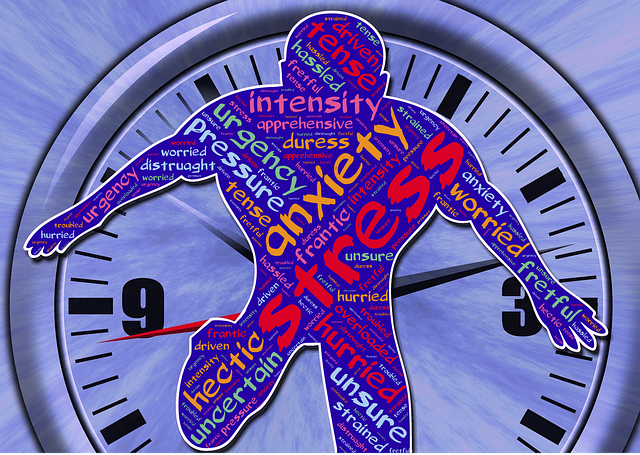Tami Simon of Sounds True provides a podcast of her interview with Amy Scher, energy therapist and author of How to Heal Yourself from Depression When No one Else Can. The interview is part of the podcast series titled, Insights at the Edge.
In the conversation with Amy, Tami explores the origins of her interest in “energy psychology”, experiences a number of energy techniques, and discuses the implications and efficacy of the energy processes.
Amy’s interest in energy psychology
Amy was motivated to explore the whole field of energy psychology when she found that nothing worked in terms of being able to treat her own severe illness, including chronic Lyme disease. She experienced all kinds of debilitating and energy-draining symptoms, including difficulty with walking, being bedridden and suffering from headaches, nausea, and other severe symptoms. Amy even tried the risky procedure of an “experimental stem cell transplant”, which required her to travel to India. While this latter treatment worked for a while, her symptoms started to reappear, albeit with less severity. This symptomatic recurrence and the fear that her condition would worsen again provided the motivation to explore self-healing as an alternative to doctor-controlled treatments.
The mind-body-energy-emotion connection
Energy psychology recognises that throughs, emotions, and beliefs impact the physical systems of the body, e.g., the digestive system and nervous system. Our emotions and thoughts can create ill-health and physical dysfunction. So, the associated process of “energy therapy” works with the body’s own self-healing processes by stimulating the internal energy system of the body – an approach that is consistent with that of other healing modalities such as acupuncture, Reiki, acupressure, and Japanese Seitai Massage. While the latter treatment modality focuses on the musculoskeletal system to remove physical blockages to energy flow, energy psychology involves “working with the emotional landscape” and its connection to the energy system of the body, thus helping to “heal body, mind and spirit”.
Energy techniques
Fundamental to a wide range of energy techniques provided by Amy in her book is a recognition that our thoughts, emotions and beliefs impact our body’s welfare, e.g., we might say, “I’m feeling really uptight just thinking about what might happen”. Negative self-stories about self-worth, how others view us and what we are capable of, all add to the stress experienced by the body and manifest in different ways depending on the emotions involved. The challenge is accepting that we play a significant part, consciously or unconsciously, in our physical health. This is a difficult concept to swallow and even Amy talks about the strength of her own resistance to this idea of personal contribution to her own ill-health. The techniques she discusses primarily involve listening to your own body.
Listening to your own body
Amy indicated that the real breakthrough for her occurred when she started to be still and quiet and to listen to her own body and what it was telling her. She maintains that physical symptoms are the “body’s communication system” and that emotions convey a message. We just need to listen with openness and curiosity to begin the process of self-healing. In her book mentioned above, she identifies the “most common subconscious blocks” to energy flow in the body, exploring the body’s messages, symptom by symptom.
Practising energy techniques
One of Amy’s own foundational energy blocks was the belief that “If I express my true self, I’ll be unlovable” – a damaging belief that had its genesis in her Jewish origins and the generational trauma passed down through her grandfather and father who lived through the Holocaust. Both Amy and her father experienced deep depression – hence, the motivation for her recent book.
Amy provided a sample of energy techniques during the podcast and enabled podcast listeners to experience three techniques:
- The Sweep – a particular narrative that is spoken or read to “sweep” unconscious, harmful beliefs from the mind. Amy maintains that this process can lead to a shift, however small, in perspective or belief.
- Tapping – this is an increasingly recognised healing technique that is part of the repertoire of energy therapists and is described by Amy as one of her “micro-movements” – a recognition that a shift happens in small steps, especially for someone experiencing depression. Amy provides a specific tapping technique that involves focusing on the emotion that you are experiencing in the present moment while tapping on your chest. She suggests that you can strengthen the freeing effect of tapping by saying over and over, “let go, let go, let go”.
- Accepting yourself – Amy suggests that an approach you can use when you are tending to “beat up on yourself” is to challenge the thought that generated the emotion by saying something like, “Was I really that bad or unforgivable?” She maintains that a shift can happen if you focus instead on “the next less shitty thing that you can think about yourself”. Again, this practice constitutes a micro-movement.
Amy explained that her book provides a wide range of energy techniques that readers can practice to help them achieve their own energy shifts and self-healing.
Reflection
Research confirms the negative impact of stress and trauma on our immune system and the tendency of the body to experience various forms of inflammation. The current challenging environment is contributing to “emotional inflammation” as well. Amy highlights the impact of these stressors as causing “energy suppression”. Her energy techniques are designed to release the trapped energy and enable the body to heal itself. The process of self-healing generates a sense of agency for the person engaged in the relevant energy practices. Some people have found that the vibrations involved in singing too can be a form of self-healing along with the positive emotions expressed in sung mantra meditations.
As we grow in mindfulness through energy techniques, meditation, and other mindfulness practices we can develop openness and curiosity, deepen self-awareness, and learn to heal our self. Movement towards healing is possible if we sustain our practices.
________________________________________
Image by Antonio López from Pixabay
By Ron Passfield – Copyright (Creative Commons license, Attribution–Non Commercial–No Derivatives)
Disclosure: If you purchase a product through this site, I may earn a commission which will help to pay for the site, the associated Meetup group and the resources to support the blog.









